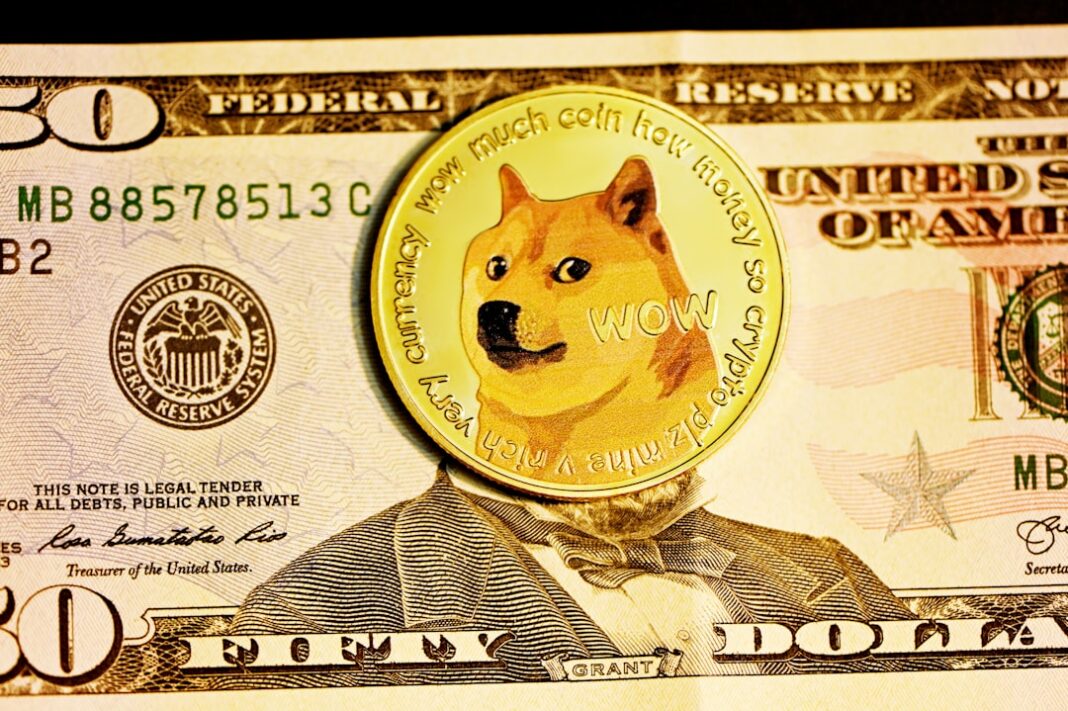Valve Corporation’s recent technical overhaul of Counter-Strike 2’s virtual item ecosystem has precipitated a seismic shift in the game’s $5.8 billion cosmetic skin market. The substantial modifications to item mechanics and market dynamics erased approximately $2 billion in collective market value within days of implementation, sending shockwaves through the gaming community and financial analysts tracking virtual economies.
The unprecedented market correction has amplified ongoing discussions about centralized control within digital gaming environments. Industry observers note that the sudden devaluation demonstrates how developer decisions can dramatically impact player-owned digital assets, raising fundamental questions about ownership rights and economic stability in virtual marketplaces.
This market turbulence has revitalized broader conversations about digital property rights in gaming ecosystems. Market participants and industry analysts are now re-examining the long-term implications of developer-controlled economies, with particular focus on how such interventions affect player investments and the perceived value of virtual goods.
The situation continues to evolve as market participants assess the permanent implications of these mechanical changes on skin valuation models and trading behaviors within one of gaming’s most established virtual economies.


